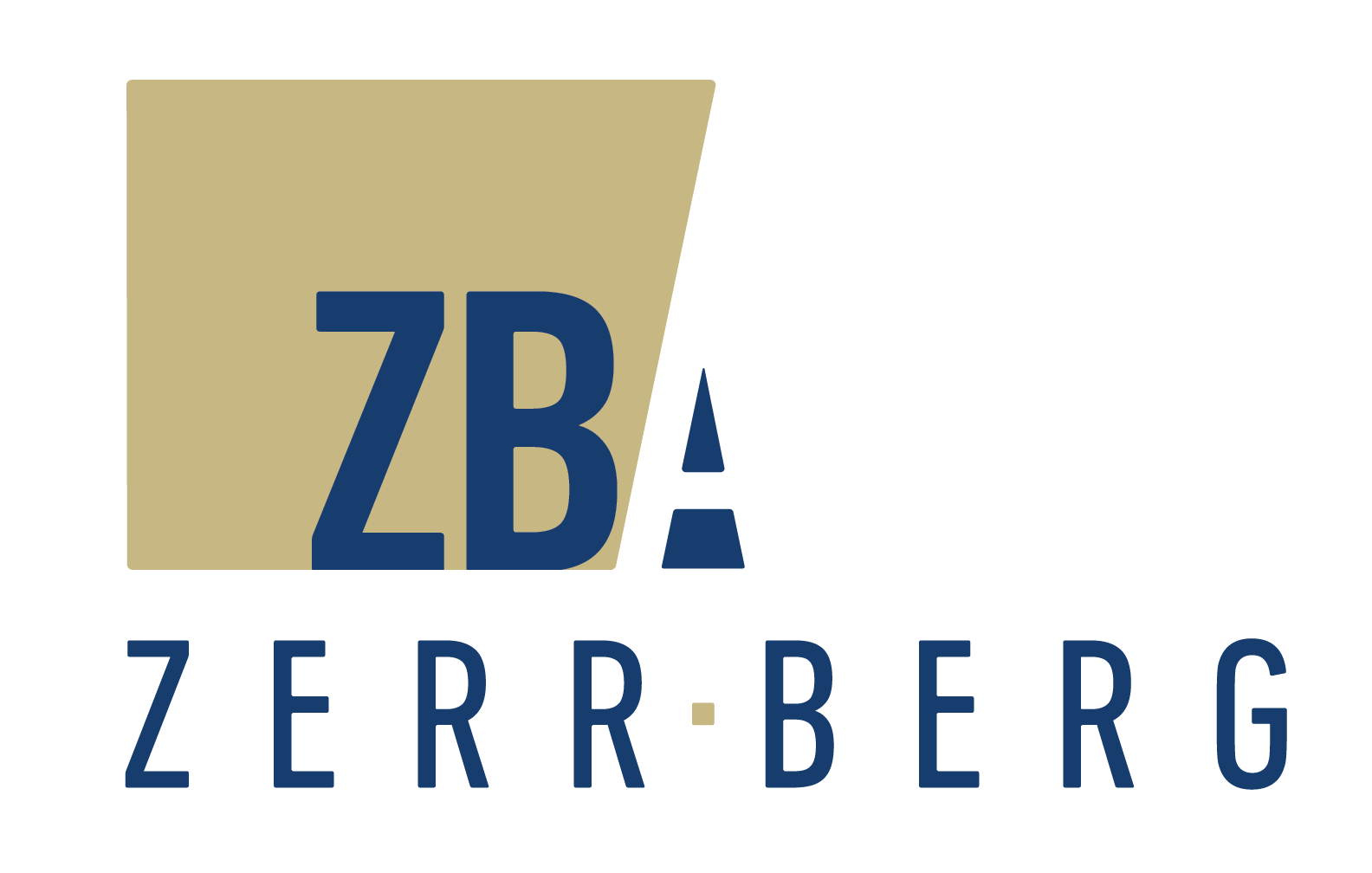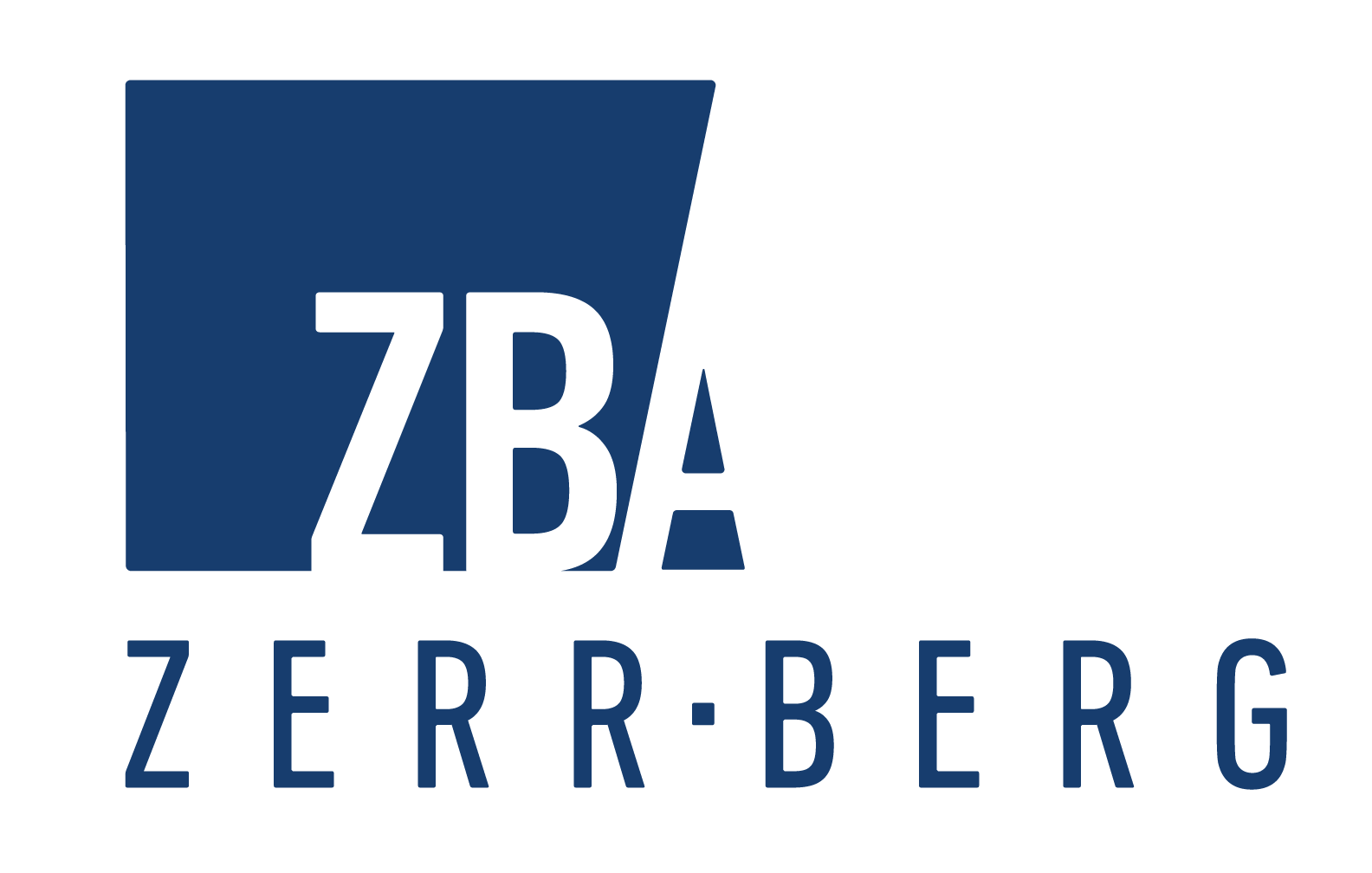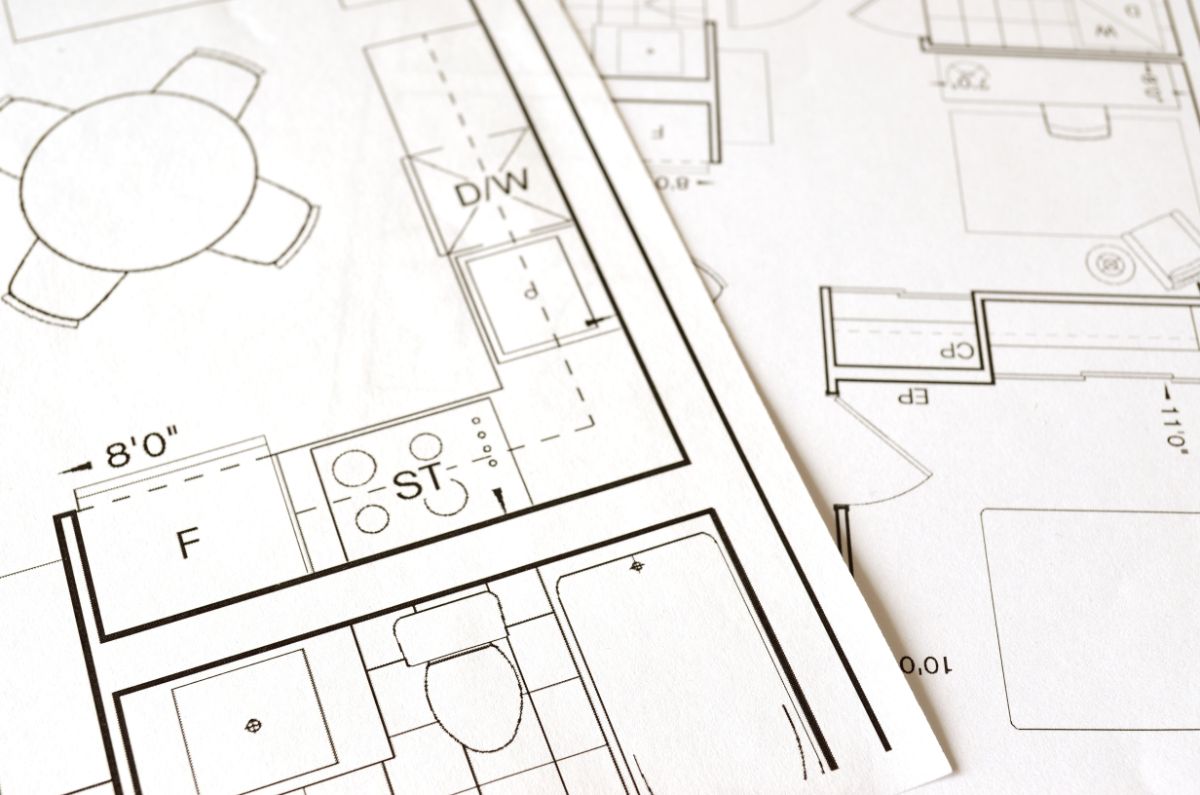It seems like new buildings appear every day out of nowhere. Empty lots get transformed into luxury apartments or hip new office spaces seemingly overnight. Familiar city landscapes change at the drop of a hat. While it seems that these new buildings magically get constructed within a day, the reality is that each of these large projects takes months or sometimes years of careful planning, designing, and editing before they even start construction.
When an architecture firm wins a contract, their work begins immediately. A design team is assembled, and everyone quickly joins together vying for the success of the project and approval of the client. Each project follows a similar set of steps, or phases, when planning, designing, and constructing to ensure the successful completion of the project.
Phases of an architectural project:
- Pre-Design
- Schematic Design
- Design Development
- Contract Documents
- Bidding
- Construction Administration
1: Pre-Design
A precursor to the design phases, the Pre-Design stage of a project is really a time for the design team to get to know the client, the building site, and the conditions/regulations surrounding the project. Ensuring the project is successful, the team’s most important goal in this phase is to understand the problem the client needs to solve.
For many clients, the problem is needing more space. Schools, for instance, will often need to expand to account for growth in student population or curriculum offerings. Sometimes older buildings will get facelifts to be more attractive to younger residents or will be transformed into brightly colored office spaces. Some clients might also just want to start fresh in a new space where they can lay down their own, unique roots and build up their business.
Knowing about the regulations and laws surrounding code and land occupancy will also be a huge factor in the overall success of a project. The team will have to literally dig into the land around the site to learn what conditions the location is facing through climate, land elevation, regulations, and the local community. The Midwest faces a multitude of weather and temperature changes throughout the year and must build accordingly.
If a renovation is being completed, the team will need to be aware of any hazardous materials like lead and asbestos, that will need to be removed for the safety of the client and the construction teams who will eventually be working in the space.
At the end of this phase, the team will have a comprehensive understanding of the client’s problem, the building site, and surrounding opportunities. The team will create a program to house all the gathered information in addition to the available square footage (sf) of the building or site, amount of storage, exits, and utility spaces.
2: Schematic Design Phase
Once the team and the client feel they’re on the same page and are jiving together, they’re ready to move onto the first phase: Schematic Design.
In this phase, the team has multiple puzzle pieces (building requirements) that they must fit together to form a whole, comprehensive picture or, in this case, a building. Instead of having a singular solution to the puzzle, there are many possible ways to solve it. The design team creates multiple different building layouts and presents them to the client who will give feedback and suggestions based on their vision.
Everything is very fluid and malleable during this phase. Things are expected to change. Clients are encouraged to speak up as much as possible when drawings are being narrowed down as the final floor and site plans will be based off the drawings created and discussed during this phase. Simply stated, the time spent ensuring the design meets the needs and budget of the client will end up saving money later in the process when changes become more complicated and expensive to implement.
3: Design Development Phase
As the project moves into the Design Development phase plans start to solidify and the shape and structure of the building begins to materialize. During this phase the client and design team settle on one plan before rolling up their sleeves to dig into the intricacies and mechanics of the building.
Windows and doors get added to plans and engineering consultants get brought onto the team to advise on the placement and amount of infrastructure needed. Engineers including electrical, HVAC, and plumbing are commonly used to determine the best systems, location and amount of space needed for each aspect the building will need.
4: Construction Documents Phase
When the design drawings are finalized, the team needs to begin the task of translating them into something that the construction teams can easily read and put to use. The Construction Document phase focuses on adding specific details to the drawings, ensuring that every dimension, measurement, and specification is on them. The readability of the drawings greatly contributes to the client’s vision becoming a reality and decreases the margin of error when building.
Infrastructure details are finalized in this phase as well as plans for any specialized spaces going into the build. Theaters, research or medical labs, and culinary spaces generally require a specialized consultant be brought on to ensure those areas are being planned correctly.
Once this intricate work is complete the drawings are ready to be submitted to bidders and the city/state to acquire a building permit. To do this, a building narrative will be created that dives deeper into how the building meets local codes and regulations. The narrative also shows the complete drawings, fire plans, occupancy regulations, and the expected energy report of the building.
5: Bidding Phase
Once the drawing sets are finalized the project is ready to be built. The process for hiring bidders depends on a few things; the delivery method preferred by the owner and if the project is for a private or public institution. Generally speaking, bids will be received and reviewed either by the architect firm or construction manager to ensure that the bidder’s budget and timeline make sense before awarding a contract. For public projects bids will be opened and read aloud at open forums. Bids will be selected based on the cost estimate, qualifications, and timelines the contractors submit.
Sometimes when a contractor is reviewing a job before they place a bid, they have questions relating to the drawing sets. When the design team gets these questions, they’ll review and correct the drawings as needed. If corrections are made the team will send out an addendum to every bidder. They will also send these addendums to the local government reviewing their building permit.
When all necessary contractors have been hired and the city awards a building permit, construction can finally begin!
6: Construction Administration
While the design work of the project is done that doesn’t mean that the design team is finished working on the project. During the Construction Administration phase, the team will consistently visit the job site and talk with the construction crews, keeping a close eye on the build. They will answer questions, help solve any issues that have popped up, and take photos and videos to share with the client. The team’s main job at this time is to make sure the client’s vision is becoming a reality and that plan documents are being followed. This stage is the longest but probably the most rewarding as the client’s vision takes physical form and the completion signals the end of the entire project.
No matter the scope or budget of an architectural project, these are the phases that the design team and client can expect to follow. Even small residential projects will have to follow a similar path on a smaller scale. To set a project up for success a client should aim to be very communicative and upfront about what they expect the outcome to be. Given that information, an architect can connect with the vision and move forward in a way that will benefit everyone in the end.




